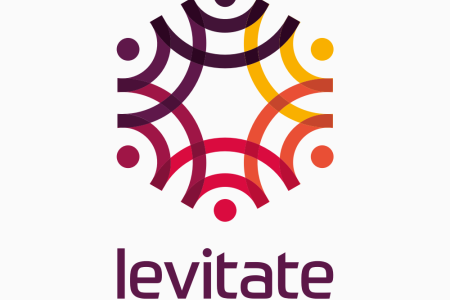How will autonomous vehicles improve safety, congestion and the environment? What are the key policy decisions to maximise the benefits and minimise negative outcomes? What are the mobility technologies that will give the greatest economic return?
A €6,4 million EU funded (Horizon 2020) project led by Loughborough University, will help European cities assess the future of driverless transport across the continent and plan in advance for the impact it will have on infrastructure and society.
The project, named Levitate, or Societal Level Impacts of Connected and Automated Vehicles, began on December 1, and will look at how cities, towns, regional authorities and national governments can use technology, and create new systems to accommodate the forecast growth of driverless cars, buses, taxis and pods, as well as autonomous freight and logistics.
SWOV – Institute for Road Safety Research is one of the key partners, involved in the development of the methodology and assessment of the road safety impact of connected and automated vehicles. SWOV will also be involved in the development of the policy support tool that can be used by decision makers. Finally, SWOV will take part in the work package responsible for the communication & dissemination of the results.
Other partners in Levitate:
- Loughborough University, United Kingdom (lead)
- Austrian Institute of Technology (AIT), Austria
- Aimsun, Spain
- National Technical University of Athens (NTUA), Greece
- Cities and Regions for Sustainable Transport (POLIS), Belgium
- Institute for Transport Economics (TOI), Norway
- Transport for Greater Manchester (TFGM), United Kingdom
- City of Vienna, Austria
- Queensland University of Technology, Australia
- Tongji University (TJU), China
- University of Michigan, United States
Levitate’s four key objectives:
- Create a web-based ‘toolkit’ which helps city planners forecast the impact of autonomous mobility and design transport infrastructure accordingly
- Develop transport infrastructure scenarios, based on mobility technology, for urban shuttles, passenger cars and freight services
- Establish a method for assessing the short, medium and long-term impacts of autonomous mobility systems on mobility, safety, environment, society and other areas
- Apply the methods and forecast the impact of driverless transport in a variety of environments

